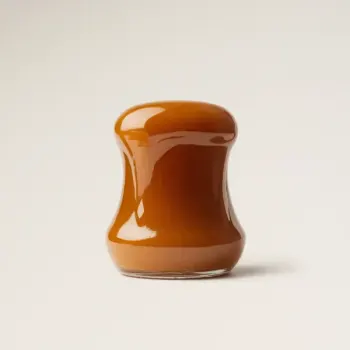Worcestershire Sauce and Soy Sauce are savory condiments, with the former offering a complex, tangy flavor and the latter providing a rich, umami taste. They're used to enhance marinades, sauces, and meat dishes, and vary in ingredients, with Worcestershire containing anchovies and Soy Sauce being typically vegan.

Worcestershire Sauce is a complex, fermented liquid condiment created in the city of Worcester in Worcestershire, England in the 19th century. It's known for its savory, sweet, and tangy flavor profile and is typically made from a blend of vinegar, molasses, sugar, salt, anchovies, tamarind extract, garlic, onions, and various spices.

Soy Sauce is a versatile, widely used liquid seasoning originating from China, with a history that stretches back over 2,500 years. It's produced by fermenting soybeans with roasted grain, water, and salt, resulting in a rich, umami flavor that's essential in many Asian cuisines.
While both sauces provide umami depth, Worcestershire Sauce has a more complex flavor with a distinct tanginess and sweetness absent in Soy Sauce. Conversely, Soy Sauce is saltier, with a straightforward, rich umami profile. Worcestershire includes anchovies and a broader range of ingredients, while Soy Sauce is typically vegan, deriving its taste primarily from soybeans and wheat.

Your ultimate Recipe Box, Meal Planner, and Cooking Class all in one
Ideal for beef or pork marinades, Worcestershire Sauce imparts a nuanced flavor complexity. Expect a slight tang and sweetness alongside umami. Tip: Combine with garlic and black pepper for a robust marinade. Perfect for chicken or fish marinades, Soy Sauce delivers a strong umami punch with a salty edge. Expect a darker color and rich taste. Tip: Balance the saltiness with a touch of honey or sugar.
Adds a subtle, complex flavor to gravy for meats and is often used in bloody mary cocktails and Caesar salad dressing. Expect a balanced taste that doesn't overpower. Tip: Use sparingly to complement, not dominate, your dish. An essential component in stir-fry sauces and Asian-inspired gravies. Expect a bold, savory note that can stand up to strong flavors. Tip: Dark Soy Sauce can add a rich color as well as taste.
Enhances meatloaf, burgers, and stews with its layered flavor profile. Expect a mysterious depth that's hard to replicate. Tip: Add early in cooking to meld flavors. Integral in dishes like teriyaki beef and stir-fried noodles. Expect a strong savory base that can be softened with sweet or tangy accents. Tip: Use low-sodium varieties to control salt levels.
Both Worcestershire Sauce and Soy Sauce are low in calories and can be used in moderation as part of a healthy diet.
| Nutrient | Soy Sauce ( per Tablespoon ) | Worcestershire Sauce ( per Tablespoon ) |
|---|---|---|
| Fat | 0g | 0g |
| Sodium | 879mg | 167mg |
| Protein | 1g | 0g |
| Calories | 8 | 13 |
| Carbohydrates | 1g | 3g |
No, traditional Worcestershire Sauce contains anchovies, making it unsuitable for vegetarians. However, there are vegetarian and vegan versions available.
Standard Soy Sauce contains wheat and is not gluten-free. However, gluten-free soy sauces, like Tamari, are available.
For a similar flavor profile, mix together Soy Sauce with a small amount of tamarind paste and a pinch of sugar and hot sauce.
Yes, but keep in mind Soy Sauce is saltier and less complex. You may need to adjust the seasonings accordingly.
Worcestershire Sauce contains fish (anchovies), while Soy Sauce typically contains soy and wheat.
Both should be stored in a cool, dark place, preferably the refrigerator, to maintain their quality.